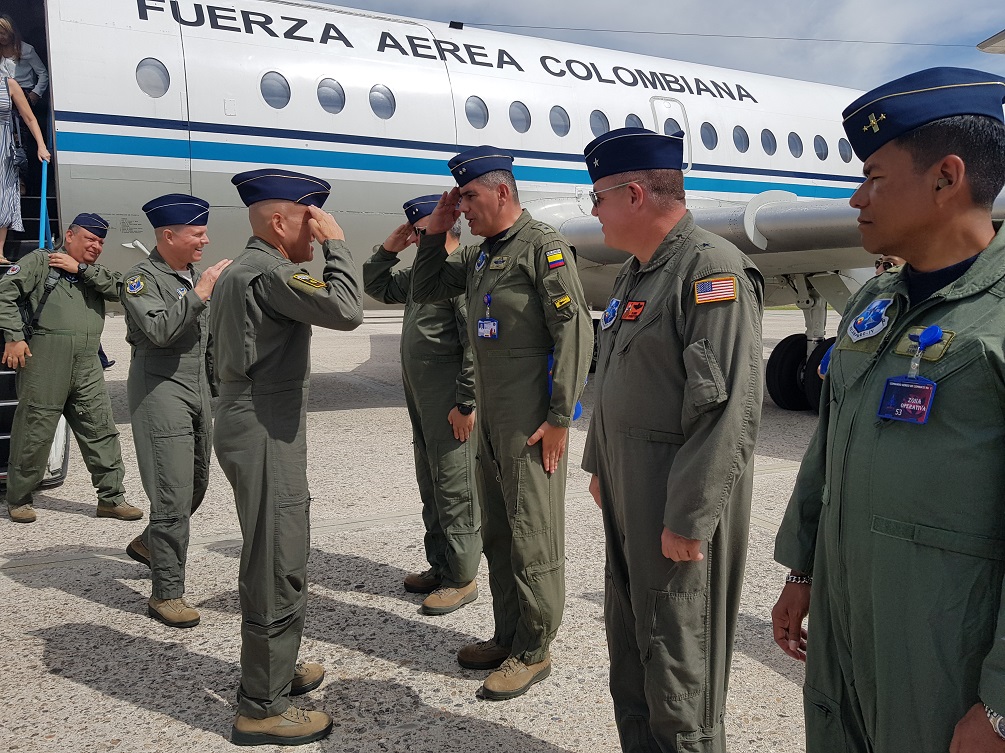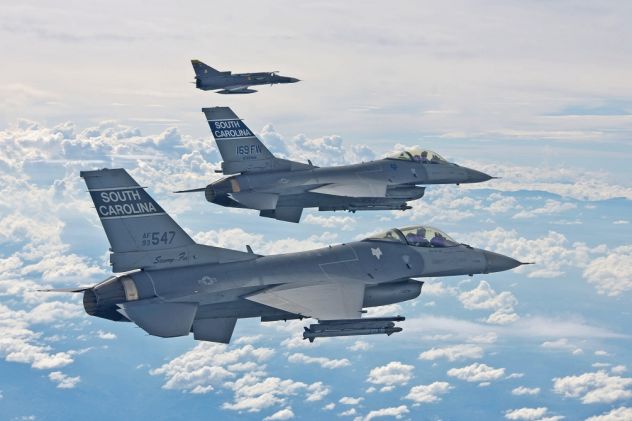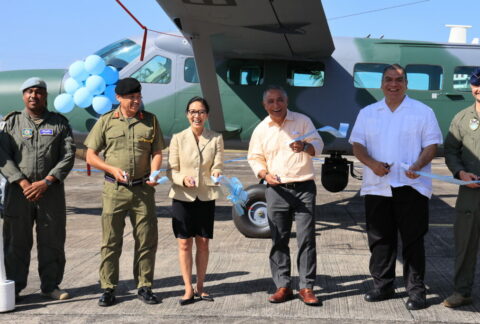This fictitious operation was part of international exercise Air Combat Relámpago 4, conducted in late July 2019 with 30 aircraft from both nations. Service members practiced missions, such as assault, rescue, electronic warfare, personnel and equipment transport, and air refueling. This year, Brazil, Chile, and Spain attended the event as observers.
“B-52, F16, and Kfir aircraft were used in both teams, which is unusual,” Colombian Air Force Brigadier General Pablo Enrique García Valencia, head of Air Operations Command, told Diálogo. “We met every training objective and, thanks to U.S. help, we checked on our progress, level, and experience to operate in more demanding missions.”
The new methods being used by organized armed groups to commit crimes served as the basis to design training missions. The constant tactical and technological changes used by these groups make it necessary to implement new strategies and use new equipment to confront them and always be one step ahead, the Colombian Air Force told the press.
“The most complex operation in the exercise was HALO, in which we transport personnel, equipment, and supplies from air transport at high altitude [10 miles] through free-falling parachute jumps, so as to infiltrate,” Brig. Gen. García said. “Everything happens while we attack a target [on land] and execute a zigzag mission in an air combat environment.”
During the exercise, the Colombian Air Force said that it plans to refurbish its Kfir fleet and was evaluating U.S.-made F-16 aircraft as a possible replacement for its obsolete units. Colombia’s 2020 general budget projects $310 million for the defense sector to invest in equipment and weapons systems.










